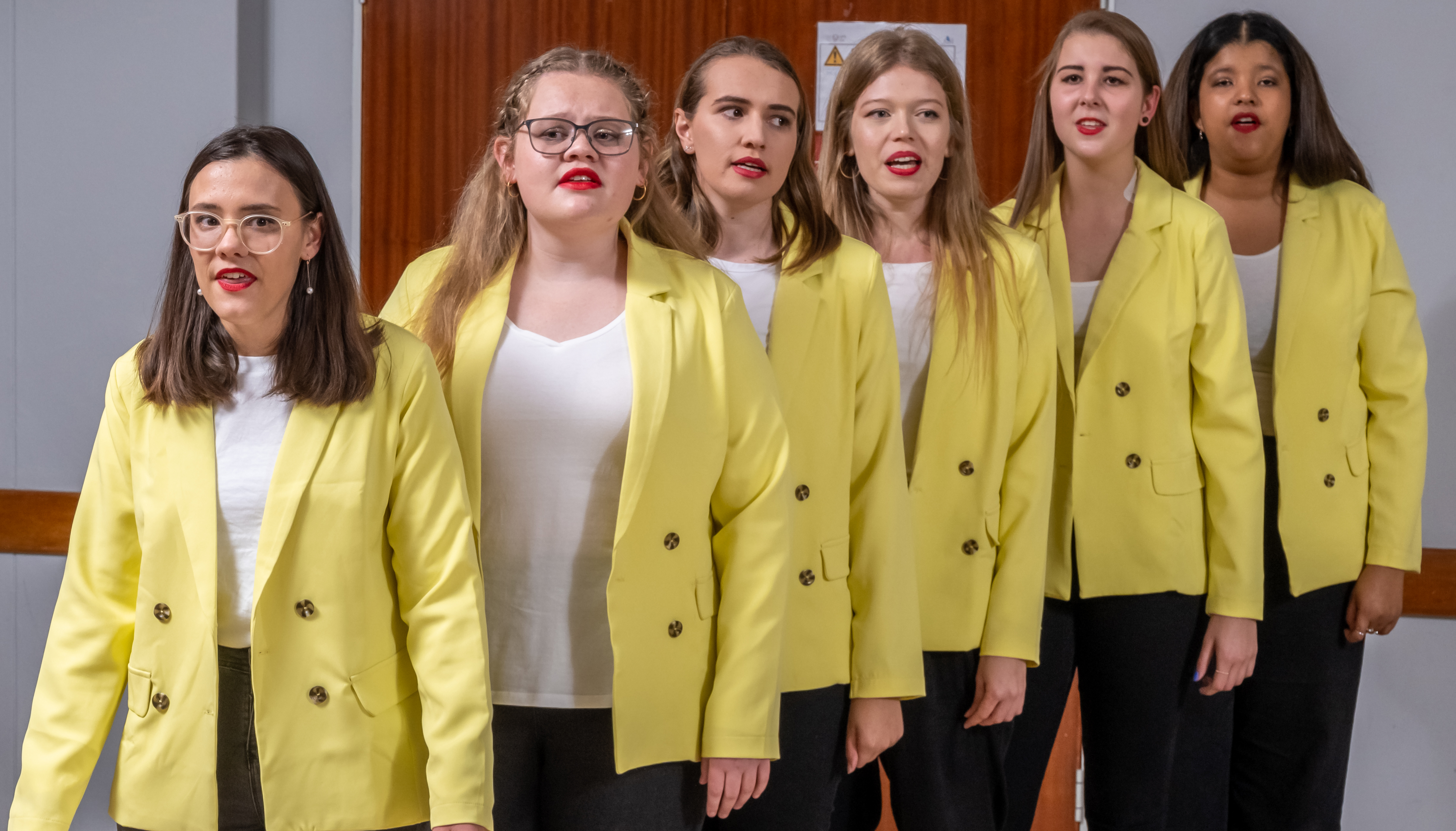The SingOff competition, which is regarded as one of the biggest arts and culture experiences at the University of the Free State (UFS), has returned after a two-year hiatus. “Due to COVID-19, the competition has not happened in just over two years, and we are very excited to have it happen this year,” expressed
Hlumelo Xaba: SRC Arts and Culture.
The SingOff finals will be held in the Kopanong Auditorium on the Bloemfontein Campus of the University of the Free State on 27 August 2022 from 17:00.
What the UFS community can expect
From the rotations, which took place from 24 to 25 August 2022, leading up to the finals, the competition has generated a lot of excitement, specifically among the residences. “There’s a lot of competition this year, each and every person wants to make a name for themselves. So, the audience can expect a lot of competition, energy, and fun from the eight groups selected to be in the finals,’’ stated Xaba.
Although the format of the competition has not changed much, some new elements have been introduced to make it more interesting. “What we decided to do this year, is to make it 80% music and 20% creativity. The creativity portion includes all the choreography, instruments, and costumes used by the participants,” explained Xaba. In addition, two new categories – best male and best female vocalist – have been added to the finals of the competition.
Collaboration
The excitement about the SingOff finals is not limited to the UFS community. In collaboration with the SRC: Arts and Culture, Standard Bank has jumped on board as the official sponsor of the SingOff finals. “This is something that has not happened in nearly four years, so we are very excited about Standard Bank being able to collaborate with us,” Xaba highlighted. In fact, Standard Bank has also been instrumental in building hype around the competition through the activations it has been hosting at the Thakaneng Bridge from 24 August 2022.

Furthermore, Standard Bank has contributed a cash prize of R10 000, which will be divided among the final top three, along with trophies to be awarded to the runners-up.
Xaba maintains that SingOff is an important aspect of student life at the UFS. “It allows people to gain exposure through the arts, and it also builds a sense of community and camaraderie among students,” he expressed. As such, with the final stage of the SingOff fast approaching, Xaba urges that, “all the participants and the UFS community at large should enjoy this moment, as it is about building memories”.